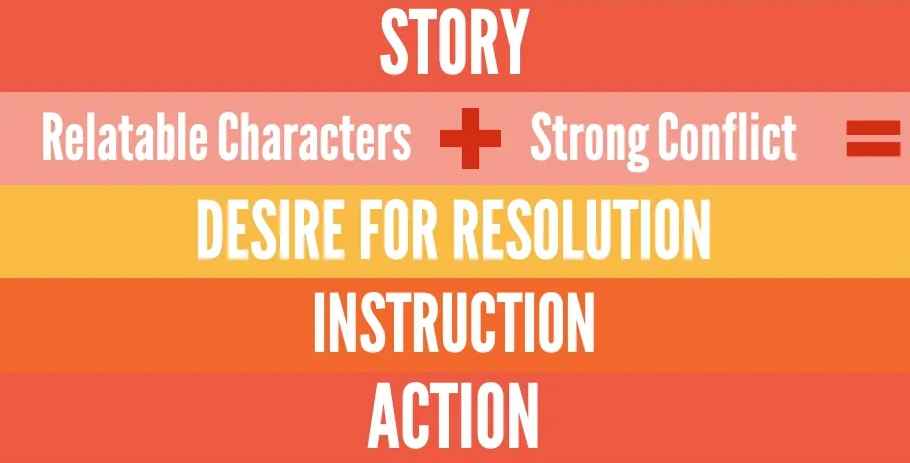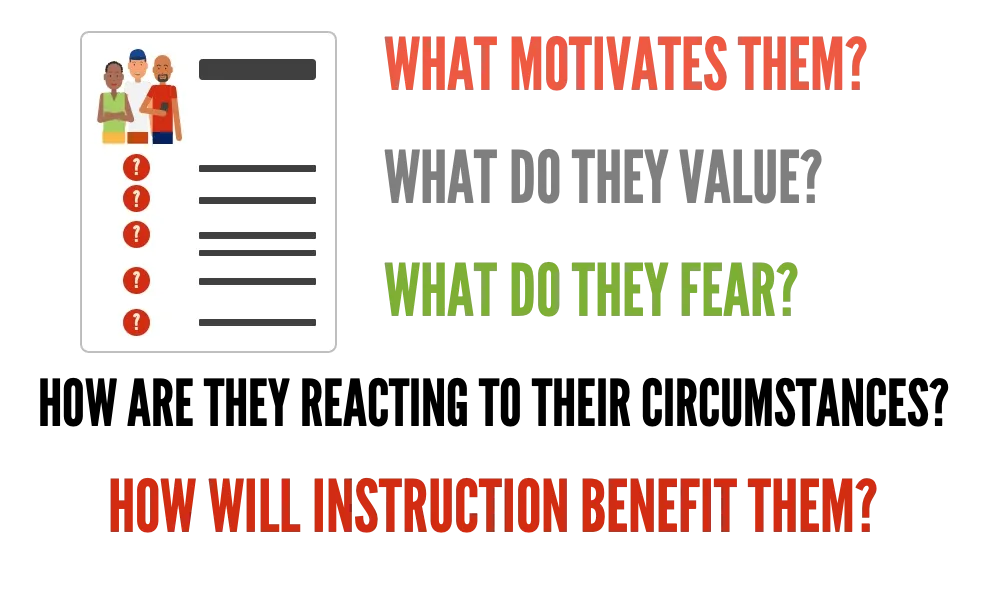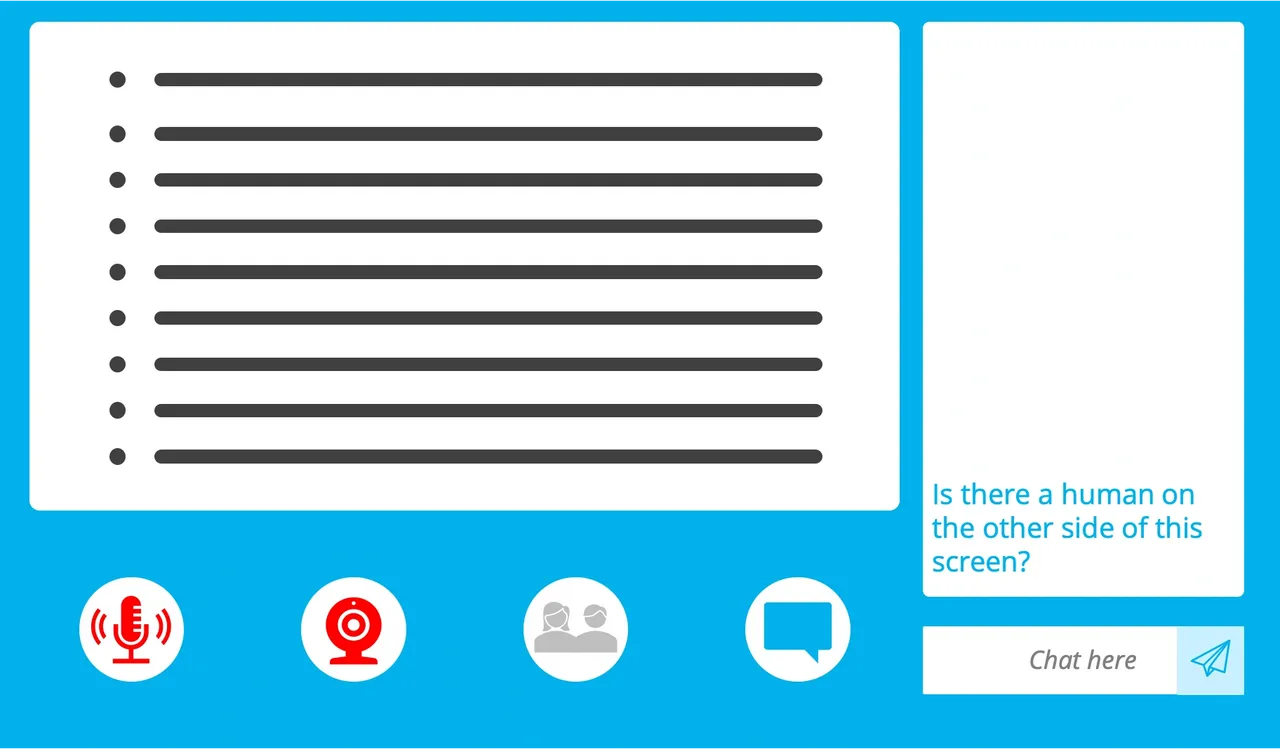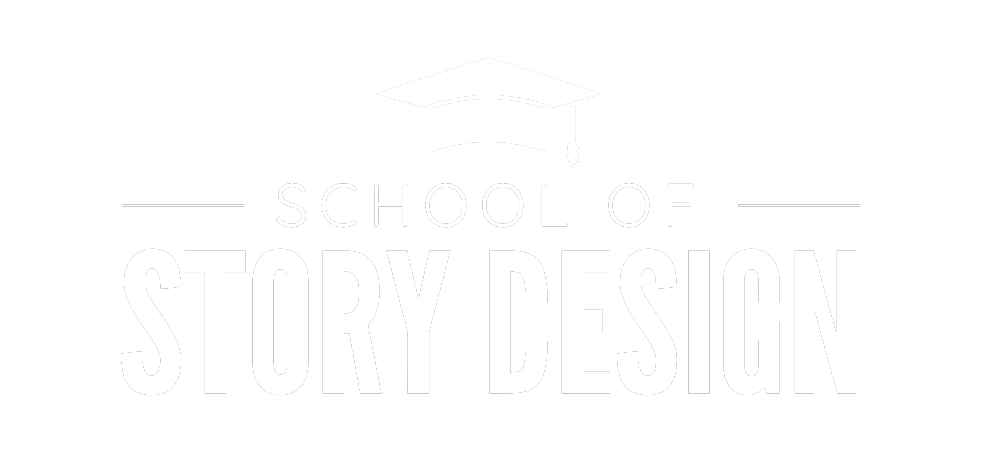I delivered the keynote at a recent forum on design and technology to an audience of educators, mostly from smaller universities and colleges. I was so impressed by their commitment to educating students and faculty in some of the most creative ways I've seen yet. They're using blended learning approaches, inverted learning and virtual reality more aggressively than I've seen in many corporations.


Take a look at these five questions and see if you can answer them for an audience that you are teaching/training/speaking to in the near future.
How does it change your perception of them?
Would you alter the content of your training/message to meet an otherwise overlooked need?
It was clear, after we returned from the breakout rooms, that attendees were excited to create audience profiles for themselves and share this empathy-driving practice with faculty.
How does it change your perception of them?
Would you alter the content of your training/message to meet an otherwise overlooked need?
It was clear, after we returned from the breakout rooms, that attendees were excited to create audience profiles for themselves and share this empathy-driving practice with faculty.



